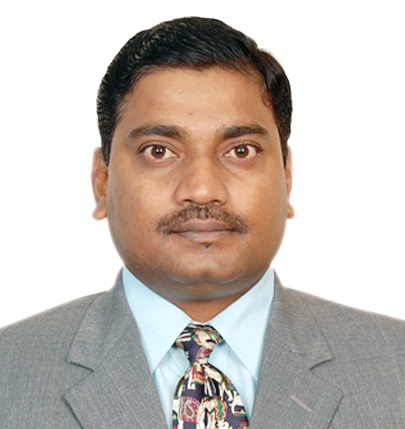Equipment Integration: IIoT
The Semiconductor industry is a capital-intensive business, where setting up a new chip Fabrication plant would require anywhere from USD 2-6 billion, depending on the 200 mm/ 300 mm / 450 mm wafer fabrication plant. And most of the capital goes into procurement of equipments, which are required to fabricate the chip. Hence, most of the semiconductor Manufacturers are trying to decrease the timeframe for RoI, as technology change is very imminent in this business to keep the margins high. Usually, the break even could possibly happen in 4-5 Years depending on the Technology i.e. 65 nm, 22 nm, or 16 nm.
Typical Chip Fabrication plant would need 900 – 1200 Equipments as per the capacity of the plant. Some of the expensive equipments are Photo Lithography from SVG / Cannon, followed by Furnaces, Eching tool, wet benches, etc. Typically, there are 75 – 90 equipment types in a factory.
Traditionally, machines in the Fabrication plant are categorized by Batching (Diffusion & Wetbenches), Single wafer processing (Etching, Implant, etc), Sorting Equipments. Designing an Equipment integration solution has been very well matured in two decades, where SECS / GEM is a baseline integration protocol. Finite State Machines, for these categories of machine, are developed and subsequently adapted to all the equipments in the factory. There would be 1200 Host programs running for 1200 equipments in the factory, and also respective adaptation for specific processing equipments. And, engineering data collection through traditional FDC / APC, or through equipment trace data collection already exists.
Companies are looking beyond these traditional ISA standards to boost the productivity, and achieve higher levels of operational excellence.
The concept of Industry 4.0 was first coined by the German government to describe the fourth industrial revolution enabled by new technologies like Artificial Intelligence (AI), Big Data, Cloud Computing, and the Industrial Internet of Things (IIoT).
As part of the industry maturity, LTI is recommending two-step phase for both Horizontal & Vertical Integration:
Step 1 – Move away from Traditional vertical integration using RV, Websphere to IIoT protocol and collect the Machine engineering data into cloud platform for predictability
Step 2 – Mobilize Machine / Equipment Manufacturer to enable IIoT protocols like CoAP, MQTT in the machine so that bi-directional communication and Enterprise MES could be a reality.
More from Ravi Krishnaiah
Wafer fabrication in the semiconductor industry is investment-intensive and agonizingly complex.…
Latest Blogs
Core banking platforms like Temenos Transact, FIS® Systematics, Fiserv DNA, Thought Machine,…
We are at a turning point for healthcare. The complexity of healthcare systems, strict regulations,…
Clinical trials evaluate the efficacy and safety of a new drug before it comes into the market.…
Introduction In the upstream oil and gas industry, drilling each well is a high-cost, high-risk…




